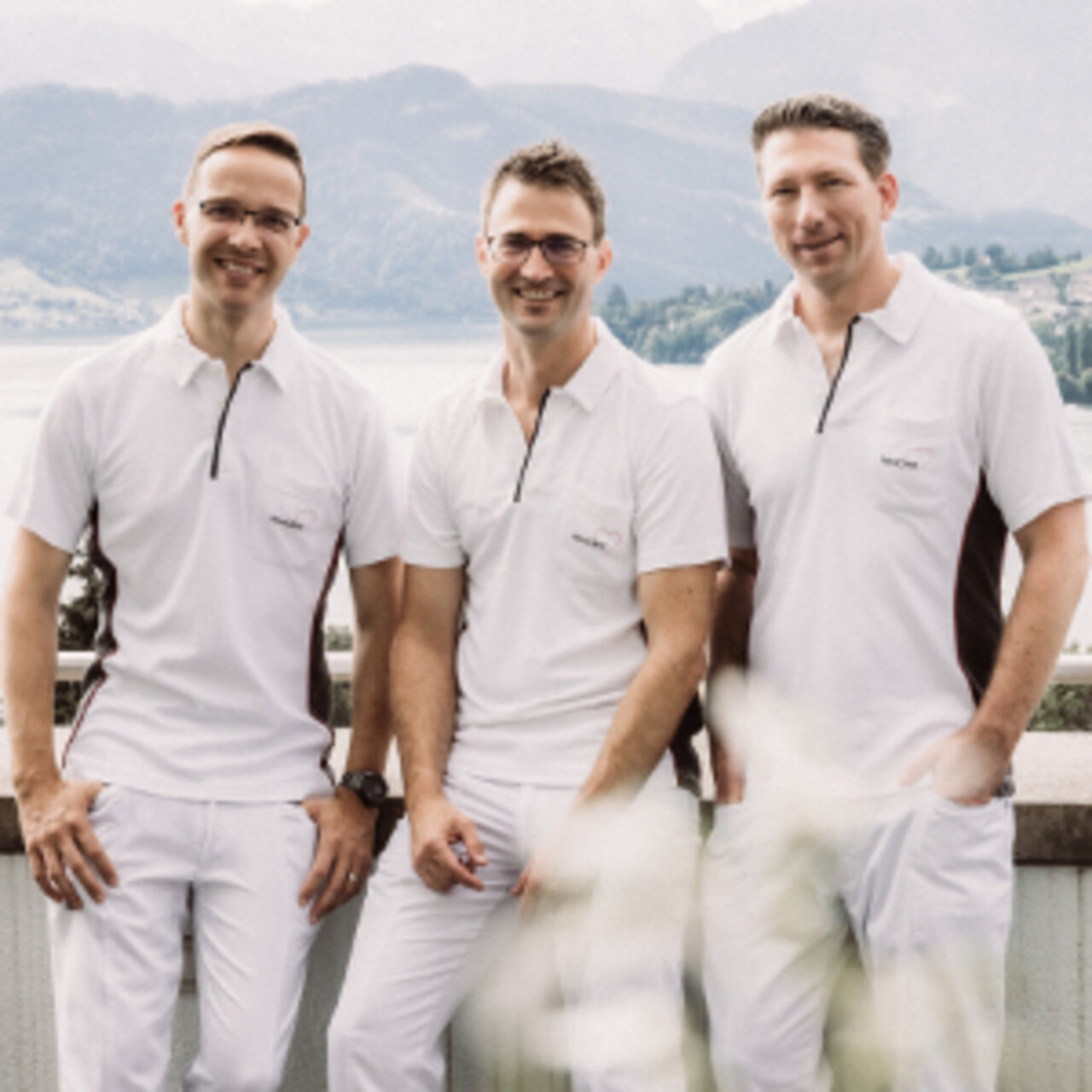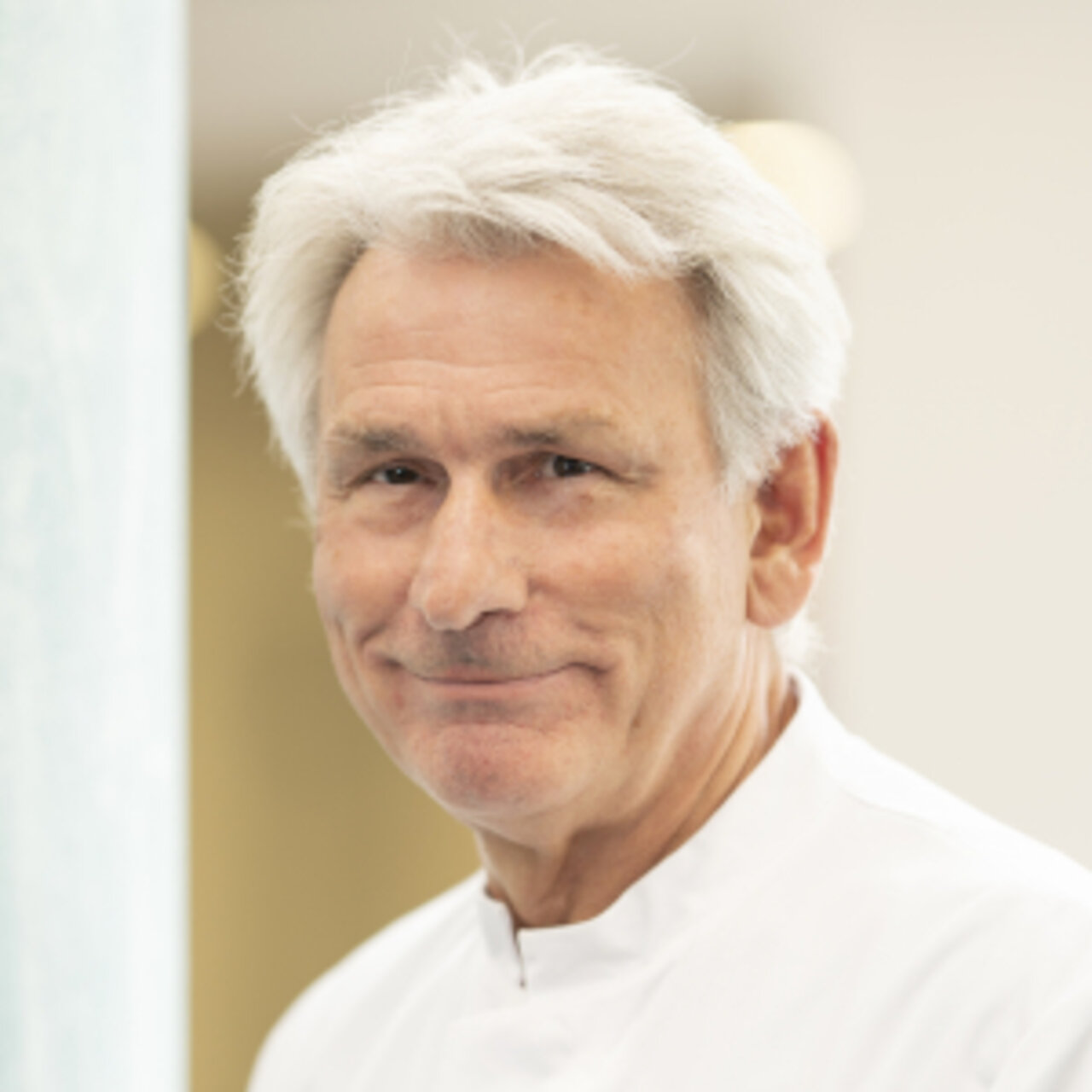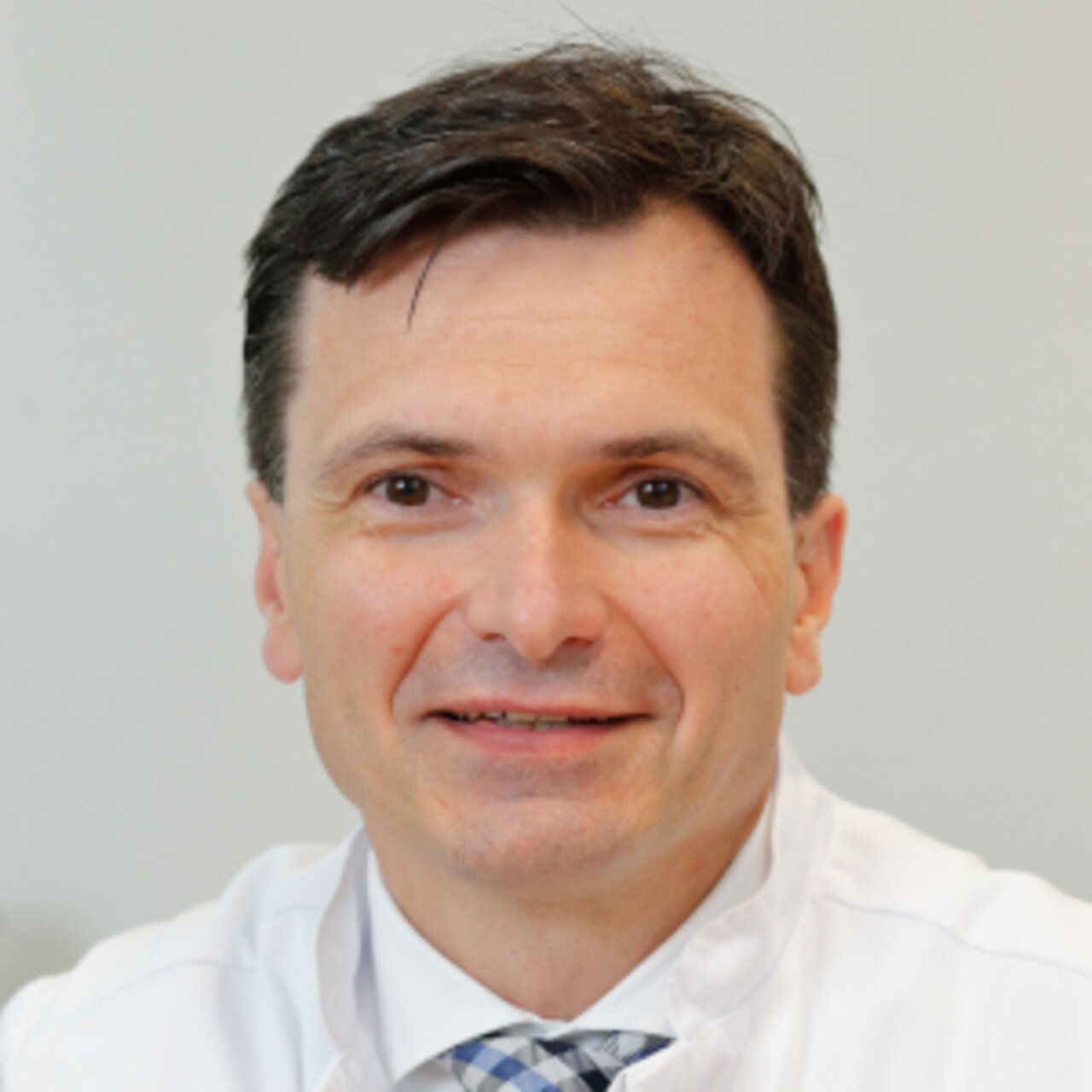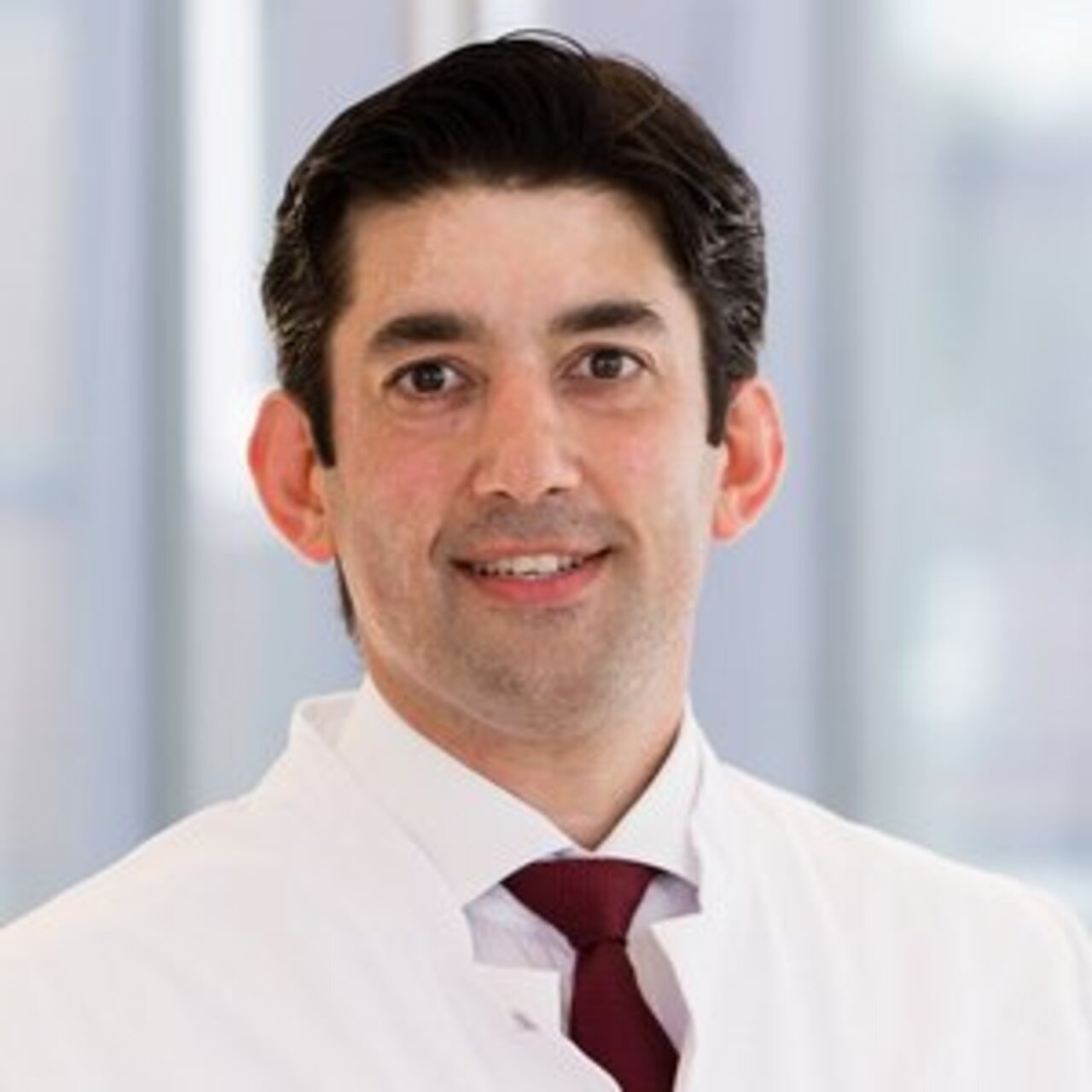Specialists in TAVI
4 Specialists found
Information About the Field of TAVI
What Is TAVI?
TAVI (stands for transcatheter aortic valve implantation) is a minimally invasive method for treating aortic valve diseases. It involves accessing the heart via a groin or shoulder vessel and replacing the diseased valve with an artificial heart valve. More than 15,000 aortic valves were replaced in Germany in 2015 with this method.
TAVI Indications
TAVI can be used to treat aortic valve diseases. Major surgery on the open thorax is a great physical stress for the patient, often not possible for older people and high-risk patients. These patients can have aortic valve replacement with a TAVI because it is much less invasive and stressful.
Aortic Valve Stenosis
The aortic valve can become narrow with age due to wear and interfere with sufficient blood flow from the heart. In the long term, the increased resistance leads to pressure load, which the heart muscle tries to compensate during growth. The thickened heart muscle reduces the ventricle's volume in the process and worsens the heart's pumping ability even more.
The course of such aortic stenosis is prolonged, and for a long time, the affected patients are free of symptoms. After initially slight physical exercise capacity limitations, respiratory and circulatory problems (unconsciousness) develop late during exercise. In the late stages, the pumping function may be restricted to such an extent that fluid backs up into the lungs (pulmonary edema).
According to the German Society for Thoracic and Cardiovascular Surgery, aortic valve stenosis is the most common invasively treated heart valve disease in Germany today.
Aortic Insufficiency
Much less common than aortic stenosis is aortic insufficiency, i.e., incomplete closure of the valve. It can be caused by aging, inflammation, aortic dissection, or Marfan syndrome. It can also be part of a congenital heart defect. Aortic insufficiency can also develop unnoticed for years; with increasing severity, it leads to palpitations, heat intolerance, and easy fatigue. Later stages are accompanied by breathing difficulties and chest pain. If treated conservatively (only with medication), life expectancy is only 2-3 years.
TAVI Procedure
The catheter-assisted procedure is carried out by accessing the inguinal artery (transfemoral). However, if the groin's arteries are too calcified, access can also be opened above the shoulder (transsubclavian) or over the apex of the heart (transapical). This access is used to push a catheter through the arterial vascular system of the heart's aortic valve area. The aortic valve replacement is embedded in a metal structure (STENT). Once the valve replacement is in position, the metal framework unfolds and displaces the body's aortic valve, which does not need to be removed.
A second possible TAVI method is balloon valvuloplasty, where a balloon catheter is forwarded up to the aortic valve. The balloon is then inflated, and the aortic valve is dilated. In the next step, a prosthetic heart valve is positioned and placed using a catheter.
TAVI With Artificial or Biological Heart Valve?
Artificial and biological valves are available for heart valve replacement. Artificial heart valves have the advantage that they have a much longer lifespan. However, due to their metallic surface, they have a clot-activating effect, which increases the risk of thrombosis and thromboembolism.
Biological valves are usually made of human or animal tissue, are less coagulant, but have shorter durability (about 10-20 years). Especially in younger patients, they tend to degenerate faster (calcifications).
Risks and Prognosis
Patients recover much faster after a TAVI than after surgical aortic valve implantation and can usually be released from inpatient care within one week.
Placing a new heart valve using TAVI carries the risk of vascular injury during the procedure. Due to its location, the heart valve prosthesis can cause an atrioventricular block (local obstruction of the transmission of stimuli in the heart), making additional pacemaker implantation necessary.
Since artificial heart valves increase the risk of stroke, patients will have to take anticoagulant medication (anticoagulants) after such an intervention.
Which Doctors and Clinics Are Specialists in TAVI?
Every patient who needs a doctor wants the best medical care. Therefore, the patient is wondering where to find the best clinic. As this question cannot be answered objectively, and a reliable doctor would never claim to be the best one, we can only rely on the doctor's experience.
We help you to find an expert for your disease. All listed physicians and clinics have been reviewed by us for their outstanding specialization in the field of TAVI (Transcatheter Aortic Valve Replacement) and expect your inquiry or treatment request.
Sources:
https://www.dgthg.de/de/node/304
https://www.aerzteblatt.de/archiv/59082/Verbesserte-Haltbarkeit-von-biologischen-Herzklappen
Netters – Innere Medizin 2. Auflage.



